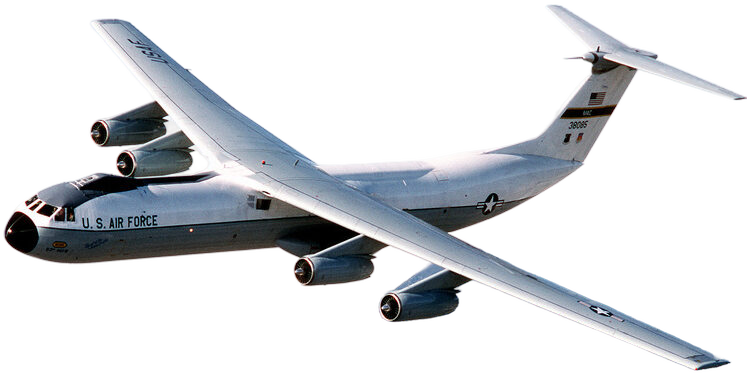
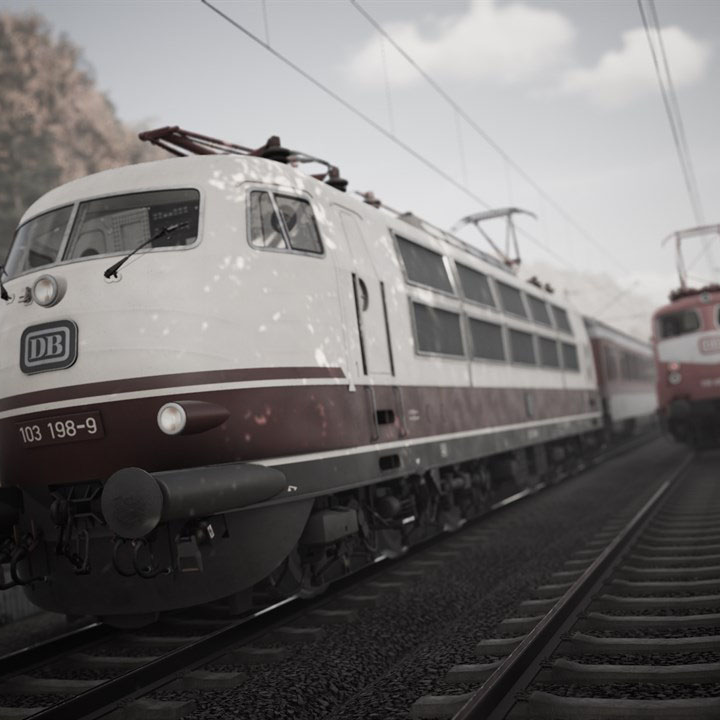

Detailed reviews and recommendations of the most exciting and popular gaming projects that have won the hearts of millions of players around the world. Discover new horizons of virtual adventures that range from fast-paced action games full of adrenaline to deep strategies that require careful planning and tactics. Keep up to date with the latest trends and current innovations in the gaming industry, which are constantly evolving and surprising. We cover both indie games and big releases so that every gamer can find something to their liking. Join our friendly community of gamers, exchange opinions and find your perfect game for an unforgettable time and exciting evenings full of fun and adventure.
Read more
The world of computer games offers a plethora of amazing projects, and Sims 4 is one of those that managed to capture the hearts of millions. Here, there are no dragons or battles for survival – the universe simulates life itself. It’s not just a game about life, but a true digital sandbox where you …

Korean studio Krafton decided to play with the nerves of the giants of the genre. Instead of announcing another battle royale, the creators of PUBG rolled out a life simulator InZOI. This is a project that immediately shook the chairs of The Sims developers. The first impressions of InZOI made it clear: the market is …

Life simulators are undergoing a transformation. The shift from familiar mechanics to simulating real-life requires new solutions and fresh approaches. In this context, a new player has emerged — InZOI. The project promises not to copy, but to rethink the genre. An early demonstration already signals: this is not just an alternative. It is a …

In recent years, farming life simulators have become increasingly popular. Games like Farming Simulator 25 immerse players in the world of agriculture, where they can not only grow crops but also own entire agricultural empires. The simulator allows you to experience all the challenges and joys of farm work, learn to work with the land, …

The top games from the Future Games Show 2025 reflect the industry’s common trends: the development of PvE modes, the return of classic franchises, an emphasis on visual style, and the popularity of narrative co-op games. Dozens of new titles were presented at the annual Future Games Show, but only some of them gained the …
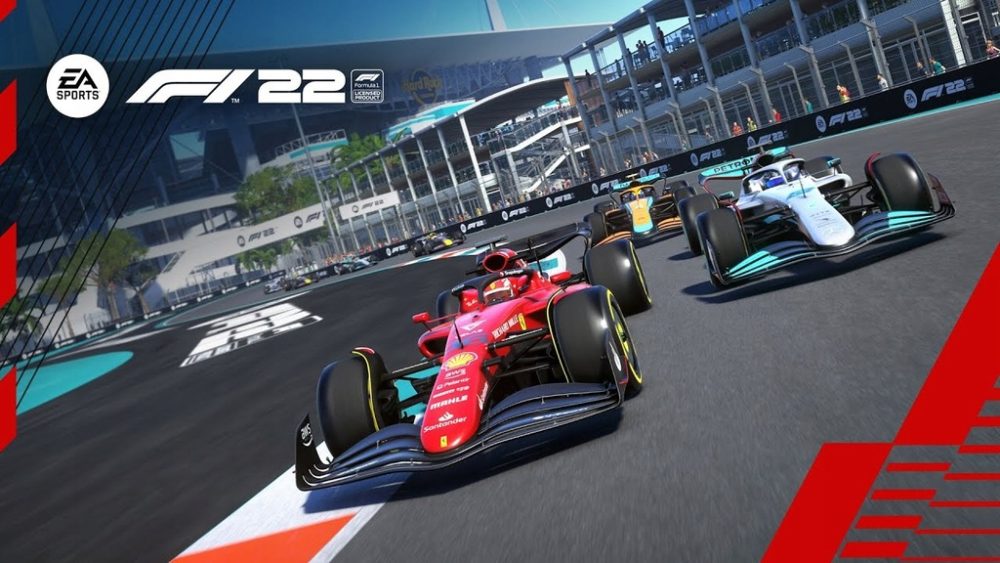
The game F1 25 has been released, putting the genre back in the spotlight once again – Codemasters, with the support of EA Sports, has introduced the most ambitious racing simulator of recent years! Key innovations, improved physics, career mode, controls, and graphics. We will tell you all about the main racing simulator of the …
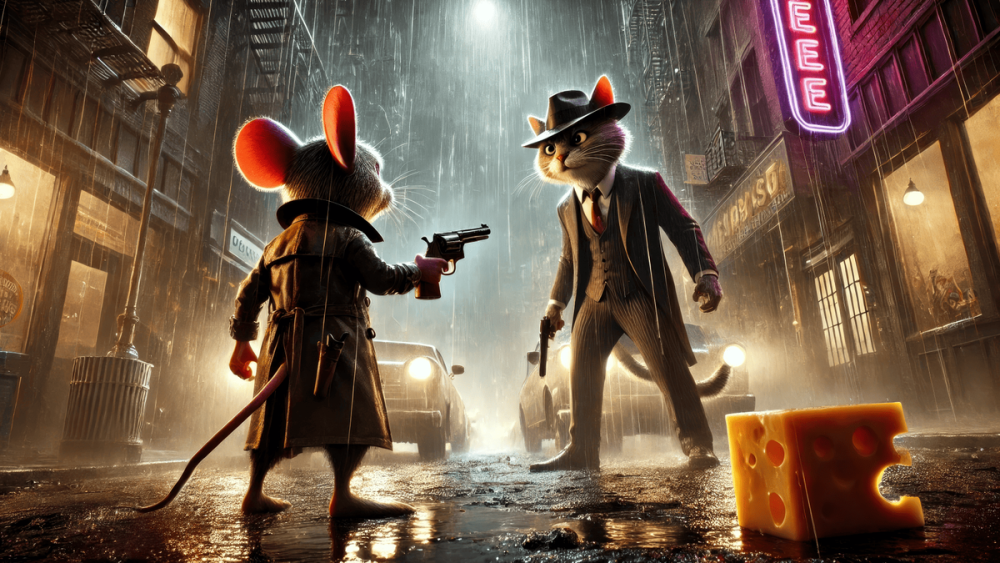
The modern video game market has long gone beyond simple entertainment, offering something much more. Now interesting life simulators on PC not only simulate actions, but also allow deep immersion into virtual reality that accurately reproduces the nuances of human thinking and interaction. Playing them is akin to a high-precision operation: it requires attention to …
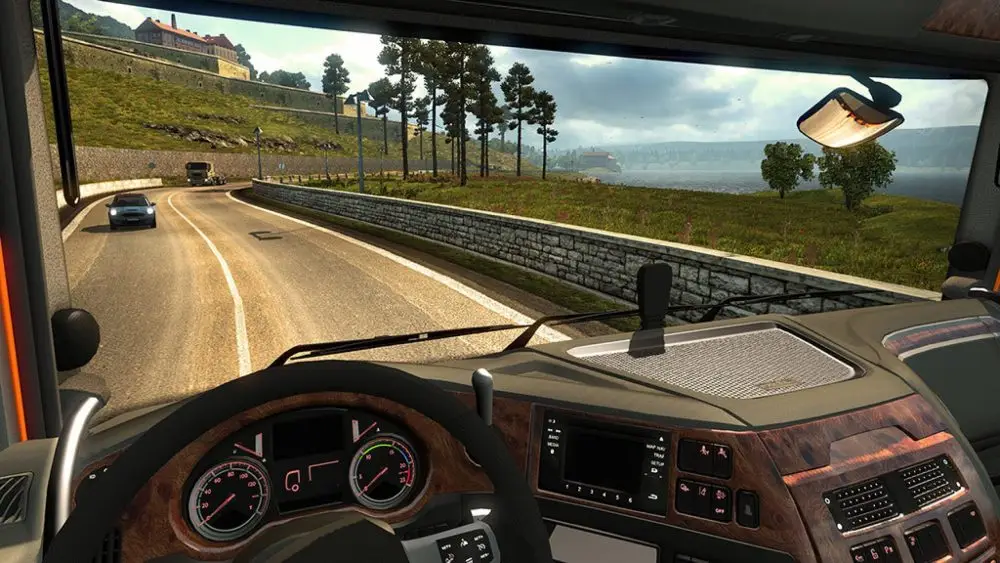
Games of this genre continue to gain popularity. Realism, freedom of action, and attention to detail make this genre a versatile solution for gamers with diverse preferences. The top 10 simulation games on PC offer a wide range of gaming experiences, from farming to flying airplanes. The depth of mechanics and immersive gameplay create a …

Simulators have confidently moved beyond the narrowly specialized genres. Today, they are not just accurate imitations of professions or systems, but full-fledged game worlds with a high degree of involvement. The genre has long become a field for experimentation, where realism, creativity, and strategic thinking are combined. The TOP 10 PC simulators provide a vivid …

The Korean life simulator inZOI has caused a noticeable stir even before the official release date was announced. The project promises to become a new milestone in the life modulator genre, combining modern graphics technologies and deep gameplay. The developers recently revealed the system requirements for inZOI, providing detailed information about the PC specifications that …

The visually ambitious inZOI simulator has set new standards in the genre of sandbox games. Unlike the classical representatives of the trend, the platform integrates elements of procedural animation, personalized AI and a photorealistic environment. The behavior model of the characters no longer depends on the set patterns — emotions, reactions and gestures are subject …
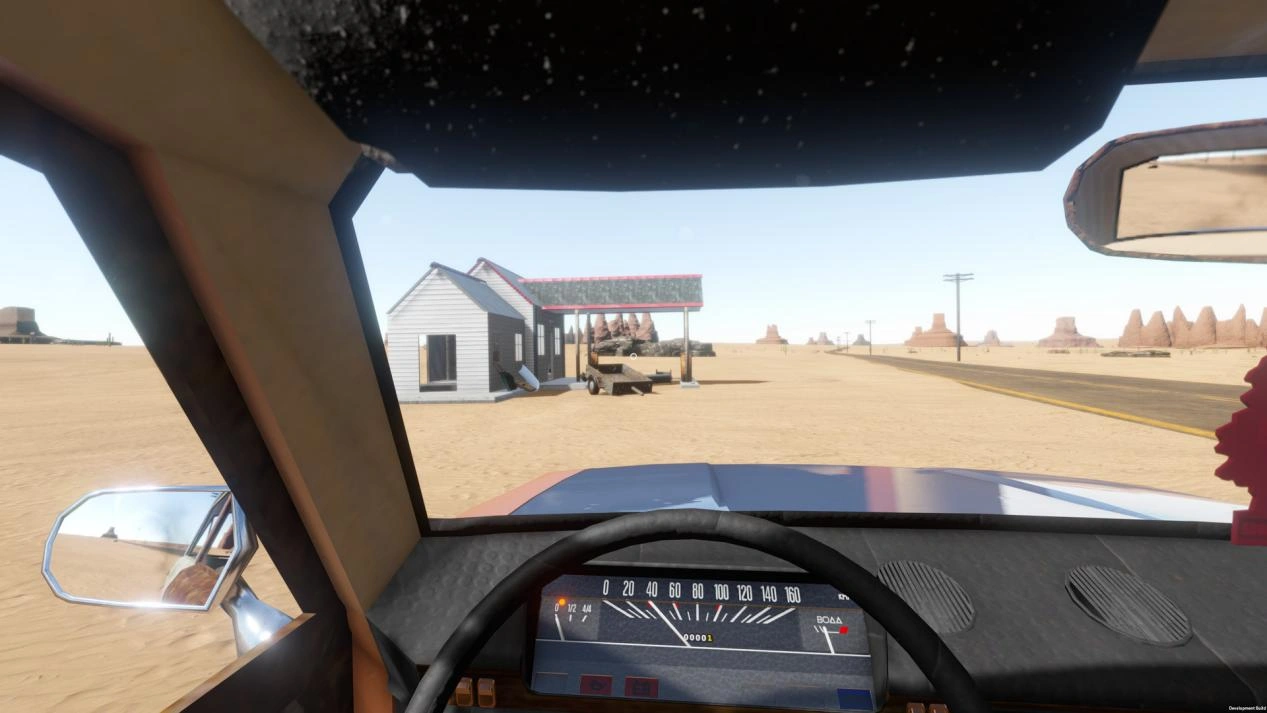
Driving simulators on PC have long been a popular genre among car and virtual travel enthusiasts. These games offer a unique opportunity to feel like you are behind the wheel without leaving your home. Regardless of whether you want to drive a powerful truck, participate in exciting races or learn how to maneuver in urban …
Welcome to our blog dedicated to online game reviews for PC and consoles! Here you will find detailed and unbiased reviews of the most popular and interesting games, which will help you make the right purchase choice. Our team of experts thoroughly tests each game, evaluating its graphics, gameplay, story and other important aspects. Whether it's exciting action games, addictive RPGs or casual indie projects, we will try to reveal all the strengths and weaknesses of each game. Join us and discover new horizons in the world of virtual entertainment!
Read more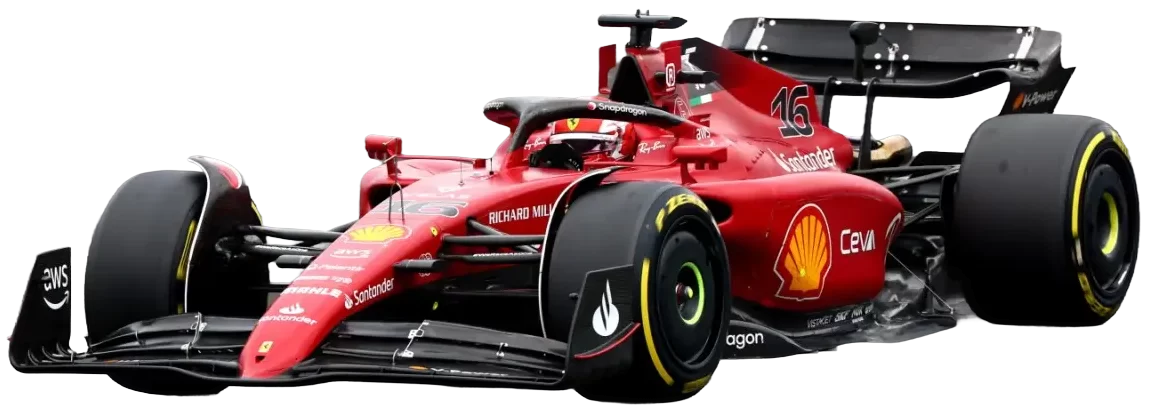
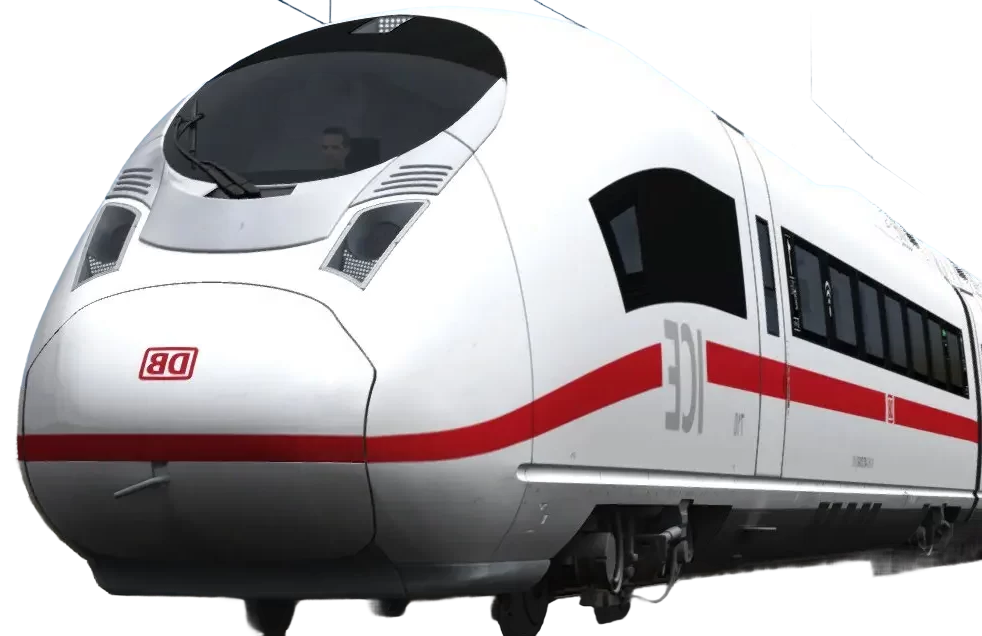


Following online gaming is a great way to watch exciting matches, find out the latest news and trends in the gaming world. It allows you to stay informed and be at the centre of the gaming industry.
Working in game dev offers great opportunities for creative self-expression and professional growth. You will be able to create exciting games that will delight players around the world, and constantly improve your skills in a dynamic industry.
Playing online games provides many benefits. It allows you to have fun, relax and unwind anytime and anywhere. In addition, online games develop logical thinking, improve reaction and coordination. They also help to relieve stress and improve your mood.
Microsoft Flight Simulator, the beloved flight simulation game, first soared into the skies in 1982, enticing aviation enthusiasts with its realistic flight experience and stunning graphics.
The Sims series of games was created by Will Wright and first released in 2000. It has become one of the most popular and influential franchises in video game history, offering players the ability to create and manage virtual lives.
The first bus simulator for PC appeared in the 1980s, giving players the opportunity to virtually drive city transport. This innovative project opened a new era in the world of computer games.

As a streamer, I am in awe of this blog about online gaming. It provides an in-depth and unbiased view of the industry that inspires and entertains.

★★★★★
As a game developer, I just love this blog about online games! It offers a ton of useful tips and interesting reviews that help players stay up to date with the latest trends.

★★★★★
A gaming blog worth reading! A reviewer shares her impressions of new online games. Find out what she thinks about the latest releases.

★★★★★